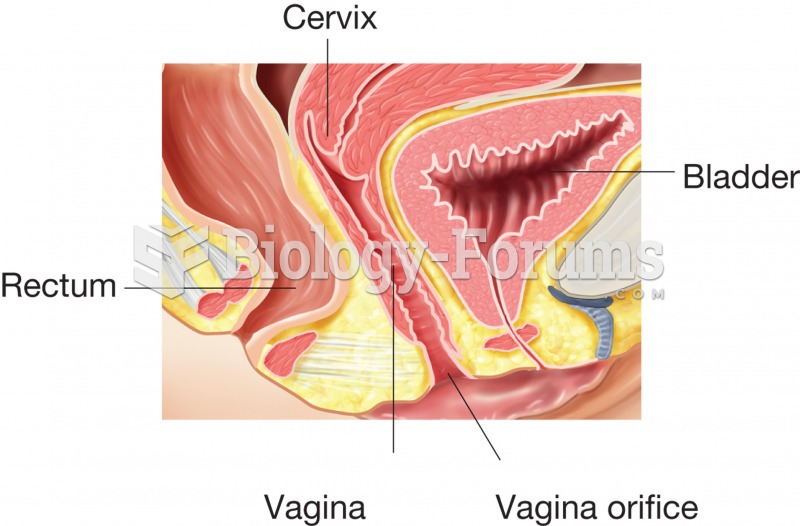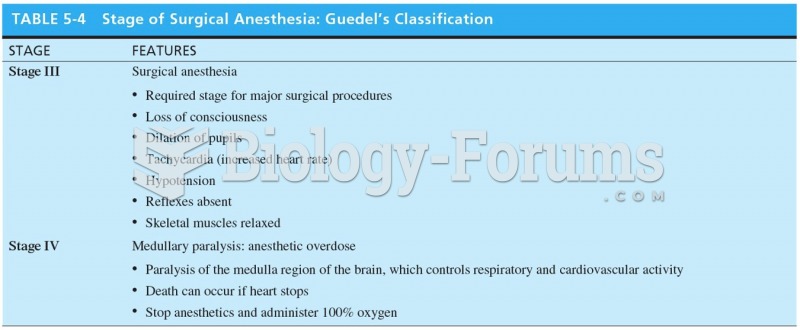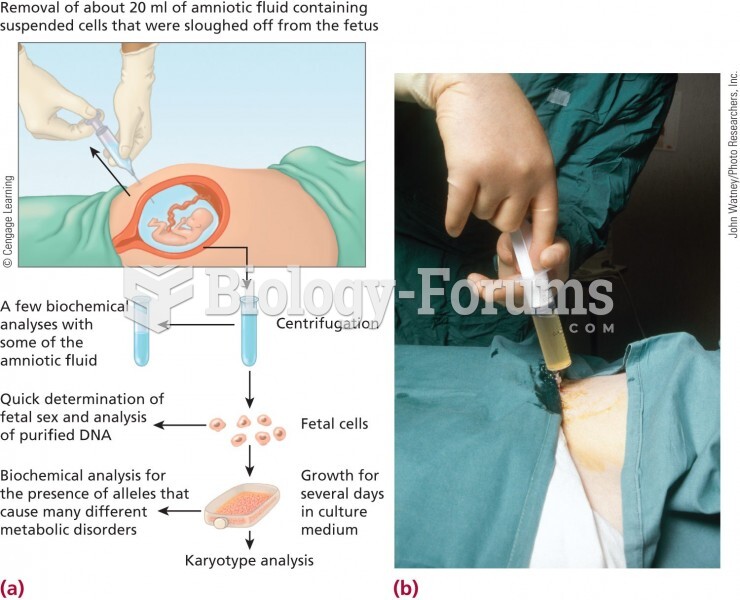|
|
|
The ratio of hydrogen atoms to oxygen in water (H2O) is 2:1.
It is difficult to obtain enough calcium without consuming milk or other dairy foods.
According to the FDA, adverse drug events harmed or killed approximately 1,200,000 people in the United States in the year 2015.
The Food and Drug Administration has approved Risperdal, an adult antipsychotic drug, for the symptomatic treatment of irritability in children and adolescents with autism. The approval is the first for the use of a drug to treat behaviors associated with autism in children. These behaviors are included under the general heading of irritability and include aggression, deliberate self-injury, and temper tantrums.
The immune system needs 9.5 hours of sleep in total darkness to recharge completely.







